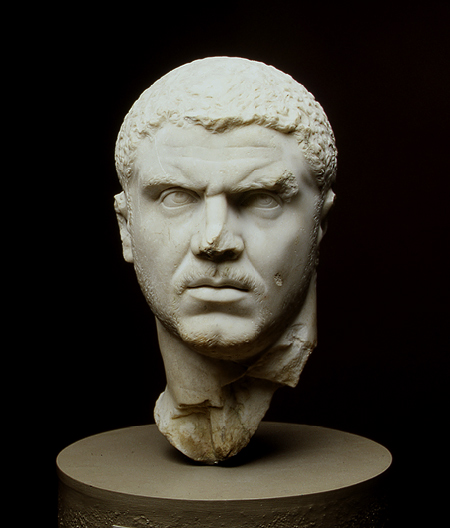Tuesday, November 22, 2011
VESPERBILD
The piece that I find most intriguing is the sculpture called Vesperbild. It is a mini scuplture of a lifeless jesus and the virgin Mary holding his body in her arms. This piece shows the true emothions of the ordeal that happened after Jesus was crucified. Before this whenever Jesus and Mary had been in a painting or piece of art together they were always seen as the Virgin Mary being a beautiful and caring mother who placed all the attention on the baby Jesus. But this piece shows Mary as a real human showing feelings and intensity and showing her love for her child Jesus as he lays dead in her arms. She is not portrayed beautiful as she mourns her childs death. To make her as the beautiful and still Mary would make her seem non-human as it would show no emothions for her childs loss. The artist tried to show the emotions and feelings felt as a mother lost her child, regardless of it was jesus or not. And with the intensity of Mary staring at her life less son he captures everything imagined. I personally love this piece because it strays away from the non-human portrayal of Mary and Jesus and actually shows the emotions that have never been before portrayed by these two historical figures.
Tuesday, November 1, 2011
Kuya Preaching
Kosho; Kuya Preaching
Kuya was a monk during the Kamakura period who praised buddha practice pure land buddha art. Kosho was an artist during the Kamakura time period who respected and commended Kuya and to pay his respects he created a scuplture from pure land practices. Believers would immediately be able to recognize that this is Kuya because of the skill used in the scuplture. Kosho was able to depict Kuya with great accuracy and by equipping him with all of the accessories he carried. This piece does something that was very unrare during this period, it shows the emotions of Kuya as he spreads his beliefs of Buddha. There is nothing stronger then a mans faith in his religion and this is portrayed in this scuplture. Kuya expresses everything he has and this is shown by the intensity upon his face. Kosho carved six small buddhas emerging from the sculptures mouth, one for each of the six syllables of Na-mu-a-mi-da-butsu. The small buddhist figures are shown to portrayed the pure land chant. The precision of this scuplture is of nothing that had been done by this time period, and with the emotion shown by Kuya it portrays how important and influential the buddhism religion can be to its followers.
Monday, October 10, 2011
Caracalla
Carcalla 211 CE
The sculpture of Caracalla shows the intensity and rigidness of a ruler that had never before been portrayed. The sculptor focused on his sternness and firece imagined that he embraced as a ruler. He shows no fear, a ruler that is determined and a fighter. Past sculptures of rulers just showed small body language with all of the same facial expressions just minor detail in characteristics. This sculpture shows that takes a deeper look into the ruler himself and the kind of person he was, not just what he looked like. It shows the emotion and intensity of his strong hand of rule and his iron fisted, no-nonsense demeanor. It shows that he is a true ruler, and not just a man who carries the title. The eyes of this man to me makes the whole sculpture. That determination is just something that we havent seen portrayed in a sculpture yet.
Monday, September 19, 2011
SEATED SCRIBE
To me the sculpture of the seated scribe shows how important the scribes person was in the villiage and town. Only those who were truly respected amongst the town had sculptures created of them. The man in the villiage who could write and scribe was a man of high class and great respect, and therefore this sculpture was modeled after him.
Monday, September 5, 2011
My First Blog
Morris Fund-1933 "Fur Traders Descending the Missouri"
I chose this piece of art because of how it represents history and culture. Myself being a history guru it shows the lifestyle and culture that these people lived by in this time period. The photo is believed to represent trappers from the mid 19th century. With low means of transportation this shows the things they had to do to be able to survive in the time period. It truly represents the culture and ways of life during this historical time period.
Subscribe to:
Posts (Atom)




